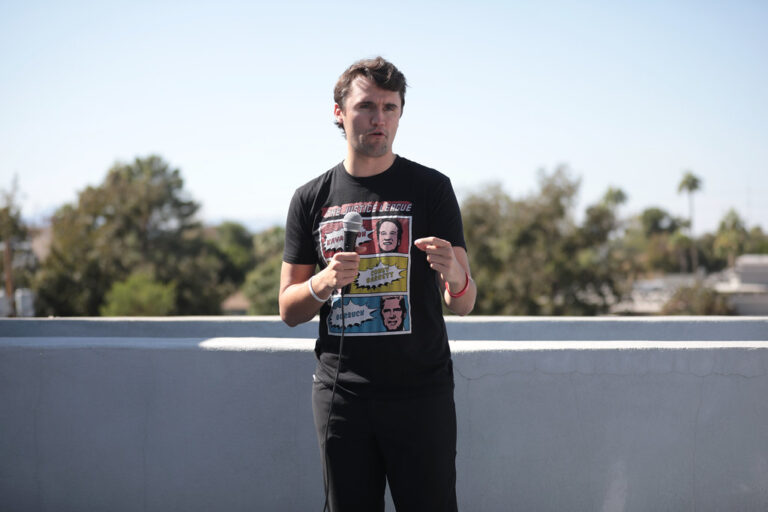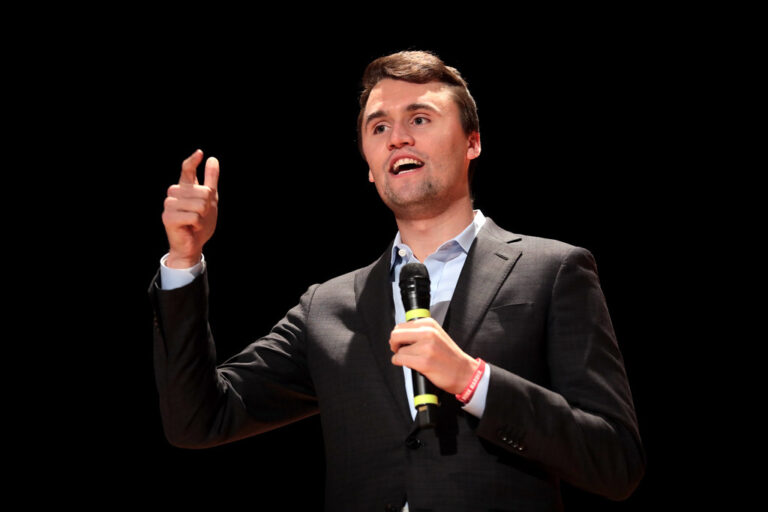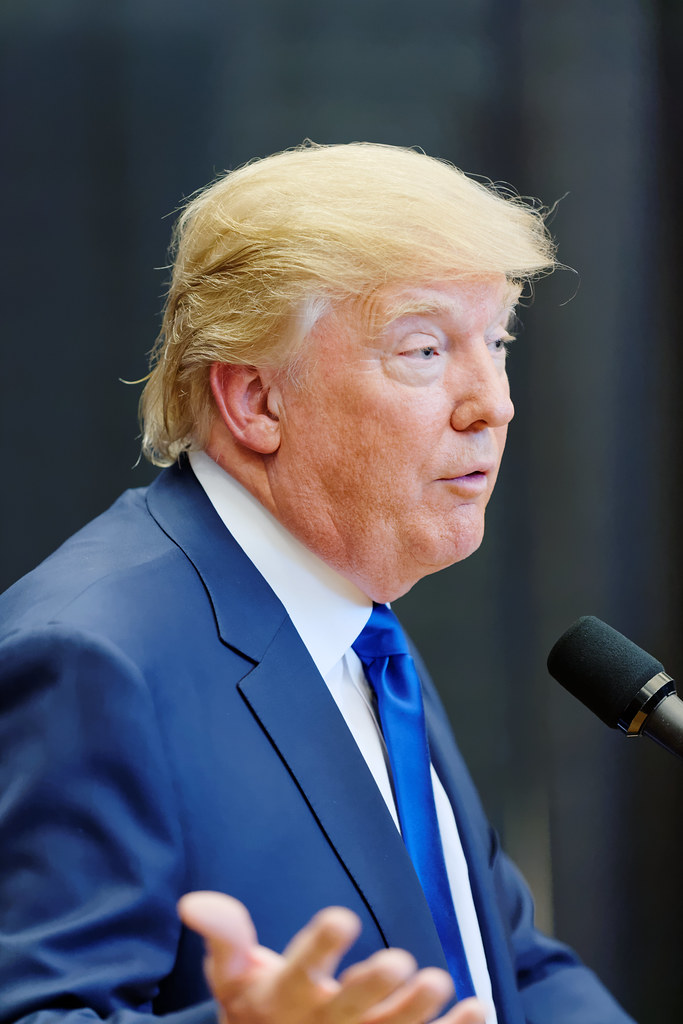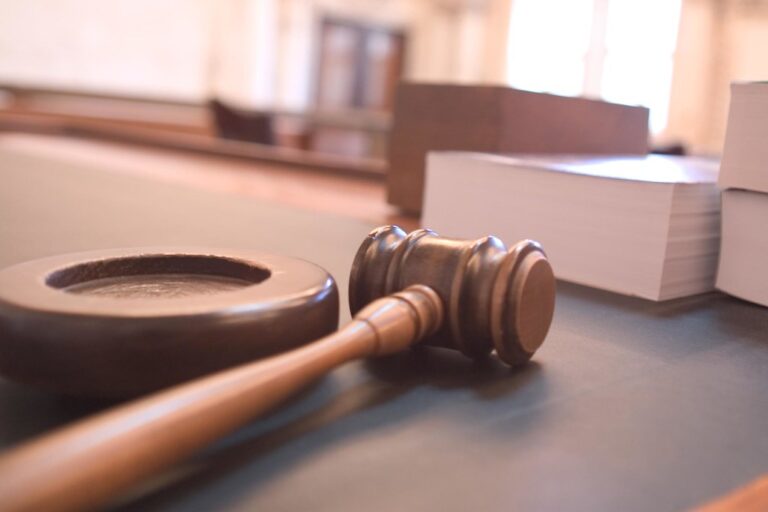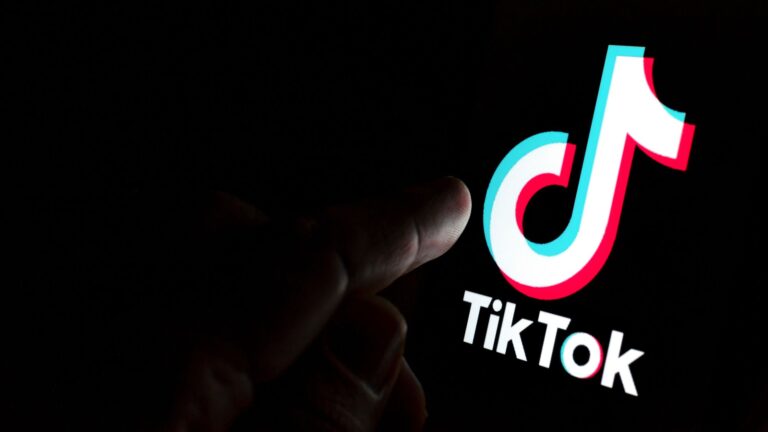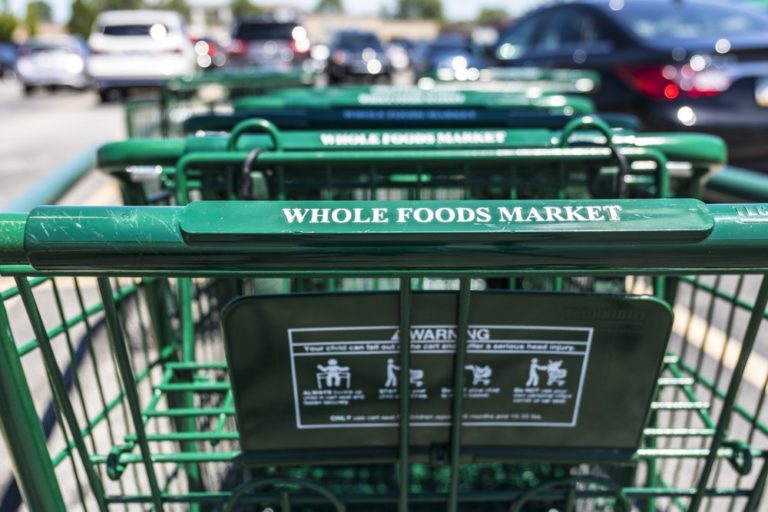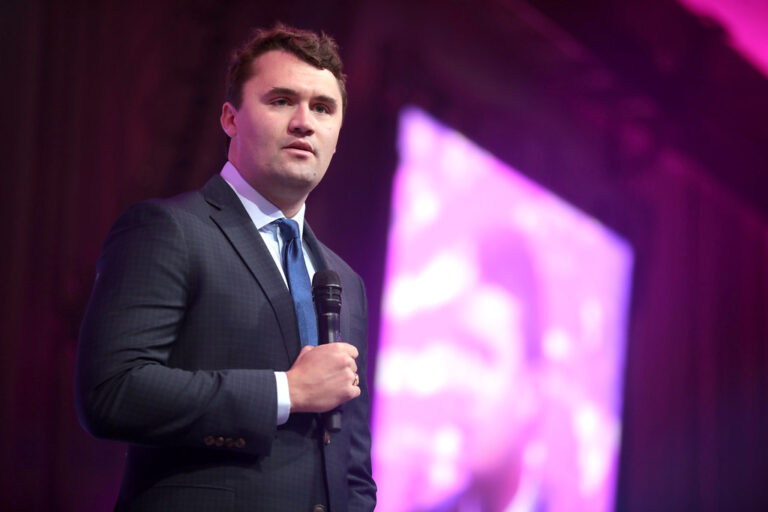Key Takeaways:
- Congress is facing a possible government shutdown at the end of the month.
- The House and Senate disagree on how to prevent it.
- Lawmakers are blaming each other while solutions remain stalled.
- A shutdown would harm federal workers and public services.
What a Government Shutdown Really Means
A government shutdown happens when Congress cannot agree on how to fund federal agencies. This means certain parts of the government stop working until a deal is made. Services Americans count on may pause or run slower. Workers might stop getting paid, even though many are still required to work.
Right now, leaders in both the House of Representatives and the Senate can’t see eye to eye. They’re fighting over how to pay for the government. If they don’t solve their differences soon, the country could face a new crisis: a government shutdown.
The Current Shutdown Situation
The federal government’s current funding runs out at the end of this month. That’s creating a race to pass a budget—or at least a short-term plan to keep the lights on.
Last week, the House passed a bill created by Republicans. It was their version of a temporary funding plan. However, the Senate rejected it right away. At the same time, the Senate came up with its own version of the bill—which also failed to move forward.
Now, both chambers are blaming each other for the lack of progress. To make matters worse, lawmakers are back in their home states instead of in Washington, D.C. That leaves little time for compromise before the money runs out.
Why This Disagreement Matters
A government shutdown isn’t just a Washington problem—it affects everyday people. When the government shuts down:
- National parks can close
- Federal food assistance programs may pause
- Immigration and tax processing can slow down
- Paychecks for federal workers may be delayed
Most importantly, these workers—like air traffic controllers, law enforcement officers, and military personnel—may still have to show up to work with no idea when they’ll be paid. For many families, that spells financial trouble.
What’s Holding Up the Funding Deal?
A big part of the conflict is political. The House is controlled by Republicans. Many of them want spending cuts and new border policies in the funding bill. Meanwhile, the Senate, led by Democrats, is pushing for more support for disaster relief, Ukraine aid, and without including unrelated policies.
Neither side wants to give in. Since they control different parts of Congress, any law must pass both chambers to become real. That’s not happening now.
On top of this, there is pressure from different political groups. Some lawmakers want to appear strong to their voters by taking a tough stance—even if that means pushing the country closer to a shutdown.
Time is Running Out
The clock is ticking, and each day without movement adds risk. If a deal isn’t reached by the deadline, which is the last day of the month, the government will shut down.
Some lawmakers are already preparing, saying they expect it to happen. Others say it’s still avoidable—but only if leaders start talking soon.
Americans are wondering: Will this get solved in time? Or will everyday services start disappearing just as families get ready for fall expenses?
How Does a Government Shutdown Hurt the Economy?
A government shutdown doesn’t just pause services; it also hurts the economy. Workers without paychecks may cut back on spending. That affects local businesses. New loans from government programs stall. Travel can get delayed if airport workers aren’t fully staffed. It adds another layer of stress to an already uncertain economy.
The longer the shutdown lasts, the more economic harm it causes. Some shutdowns in the past have lasted days. Others lasted weeks. Each time, it left scars on American businesses and trust in leadership.
What Will It Take to Avoid a Shutdown?
Avoiding a shutdown will require cooperation. And right now, there’s not much of that. Both the House and Senate must pass the same version of a funding bill. Then it needs to be signed by the President.
That means someone will have to blink first. A compromise will likely involve both sides giving up something. Whether that happens in time remains up in the air.
Until then, leaders continue pointing fingers. Each blames the other for not acting sooner or more responsibly. But that won’t matter if Americans suffer in the end.
The Human Impact of a Government Shutdown
For most Americans, politics feels distant—until something like a government shutdown hits home. It’s not just a news story; it’s missing paychecks, canceled trips, or waiting weeks for an answer on taxes or benefits.
Imagine your parent is a TSA worker, expected to show up every morning, with no paycheck in sight. Or if you’re a college student who relies on federal aid, and those services pause. These are the real-world effects of political gridlock.
Shutdowns aren’t just about politicians. They’re about people.
What Could Happen Next?
In the coming days, pressure will build. Public attention may force lawmakers back to negotiating. Voter backlash is always on their minds. But if both sides keep holding firm, we could begin October with no deal.
At that point, the government goes into shutdown mode. Agencies rush to figure out what services must continue and which ones must stop.
And across the country, Americans will be left waiting and watching—hoping for leaders to come together before it’s too late.
Looking Back to Learn
Government shutdowns aren’t new. The U.S. has seen over a dozen since the 1980s. Some lasted only a day. Others dragged on for weeks. The last major one in 2018–2019 lasted 35 days, the longest ever.
Each time, there are promises to do better next time—yet here we are again. The pattern repeats too often, and public trust in policymakers continues to drop.
Now, with just days remaining, the same question returns: Will Congress act in time? Or will the country once again be held hostage to political games?
Let’s hope leaders choose the people over politics.
FAQs
What is a government shutdown?
A government shutdown happens when Congress can’t agree on a budget. Federal agencies then close or reduce their services until funding is approved.
Who is affected during a shutdown?
Federal workers, like TSA employees, park rangers, and military personnel, are affected. Many have to work without pay. Some services, like food aid and passport processing, may pause or run slower.
Can a shutdown be avoided?
Yes, but only if both the House and Senate agree on a funding plan and the President signs it before the deadline.
How often does the government shut down?
Since 1980, there have been more than a dozen shutdowns. The most recent major one was in late 2018 and early 2019 and lasted 35 days.


